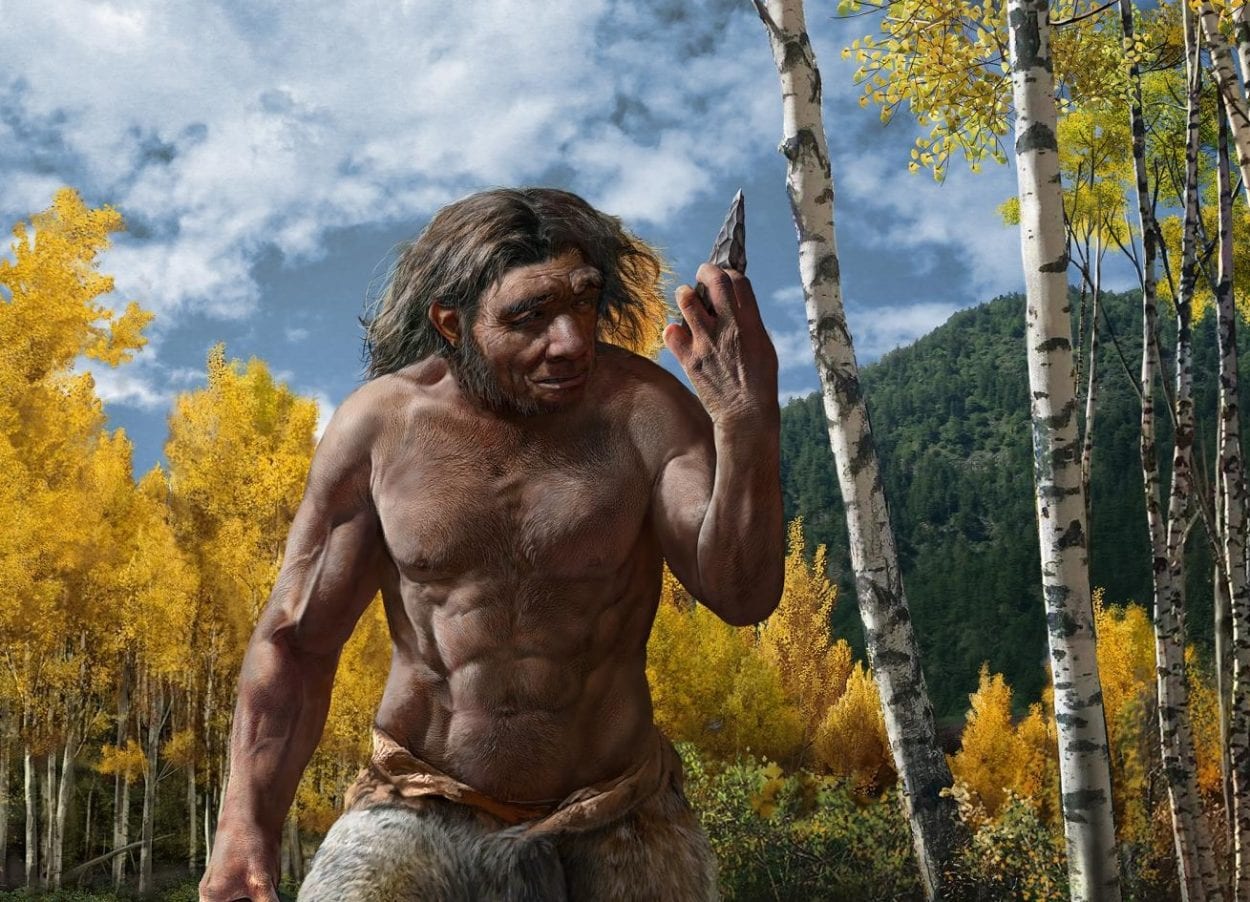A near-perfectly preserved ancient human fossil known as the Harbin cranium sits in the Geoscience Museum in Hebei GEO University.
The largest of known Homo skulls, scientists now say this skull represents a newly discovered human species named Homo longi or “Dragon Man.”
Their findings, appearing in three papers publishing June 25 in the journal The Innovation, suggest that the Homo longi lineage may be our closest relatives–and has the potential to reshape our understanding of human evolution.
“The Harbin fossil is one of the most complete human cranial fossils in the world,” says author Qiang Ji, a professor of paleontology of Hebei GEO University. “This fossil preserved many morphological details that are critical for understanding the evolution of the Homo genus and the origin of Homo sapiens.”
The cranium was reportedly discovered in the 1930s in Harbin City of the Heilongjiang province of China. The massive skull could hold a brain comparable in size to modern humans’ but had larger, almost square eye sockets, thick brow ridges, a wide mouth, and oversized teeth. “While it shows typical archaic human features, the Harbin cranium presents a mosaic combination of primitive and derived characters setting itself apart from all the other previously-named Homo species,” says Ji, leading to its new species designation of Homo longi.
Scientists believe the cranium came from a male individual, approximately 50 years old, living in a forested, floodplain environment as part of a small community. “Like Homo sapiens, they hunted mammals and birds, and gathered fruits and vegetables, and perhaps even caught fish,” remarks author Xijun Ni, a professor of primatology and paleoanthropology at the Chinese Academy of Sciences and Hebei GEO University. Given that the Harbin individual was likely very large in size as well as the location where the skull was found, researchers suggest H. longi may have been adapted for harsh environments, allowing them to disperse throughout Asia.
Using a series of geochemical analyses, Ji, Ni, and their team dated the Harbin fossil to at least 146,000 years, placing it in the Middle Pleistocene, a dynamic era of human species migration. They hypothesize that H. longi and H. sapiens could have encountered each other during this era.
“We see multiple evolutionary lineages of Homo species and populations co-existing in Asia, Africa, and Europe during that time. So, if Homo sapiens indeed got to East Asia that early, they could have a chance to interact with H. longi, and since we don’t know when the Harbin group disappeared, there could have been later encounters as well,” says author Chris Stringer, a paleoanthropologist at the Nature History Museum in London.
Looking farther back in time, the researchers also find that Homo longi is one of our closest hominin relatives, even more closely related to us than Neanderthals. “It is widely believed that the Neanderthal belongs to an extinct lineage that is the closest relative of our own species. However, our discovery suggests that the new lineage we identified that includes Homo longi is the actual sister group of H. sapiens,” says Ni.
Their reconstruction of the human tree of life also suggests that the common ancestor we share with Neanderthals existed even further back in time. “The divergence time between H. sapiens and the Neanderthals may be even deeper in evolutionary history than generally believed, over one million years,” says Ni. If true, we likely diverged from Neanderthals roughly 400,000 years earlier than scientists had thought.
The researchers say that findings gathered from the Harbin cranium have the potential to rewrite major elements of human evolution. Their analysis into the life history of Homo longi suggest they were strong, robust humans whose potential interactions with Homo sapiens may have shaped our history in turn. “Altogether, the Harbin cranium provides more evidence for us to understand Homo diversity and evolutionary relationships among these diverse Homo species and populations,” says Ni. “We found our long-lost sister lineage.”
Header Image Credit : Chuang Zhao







